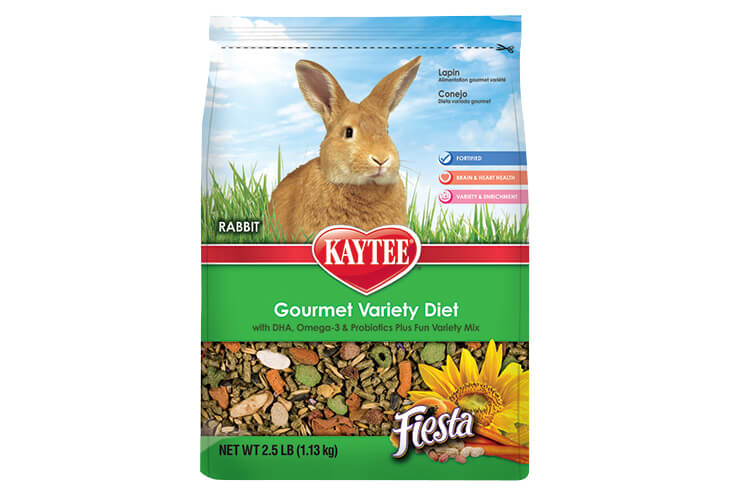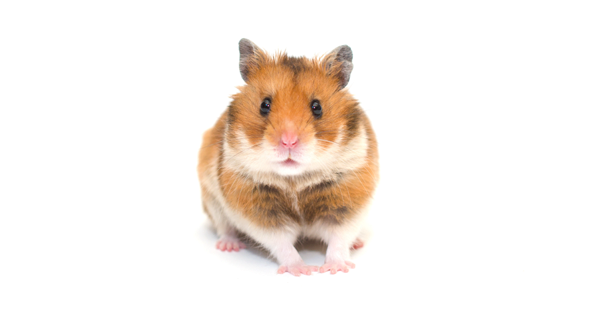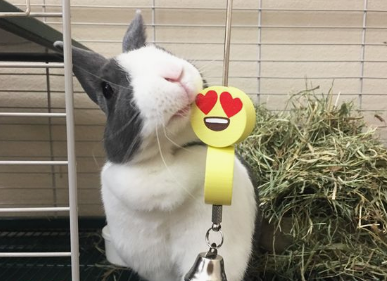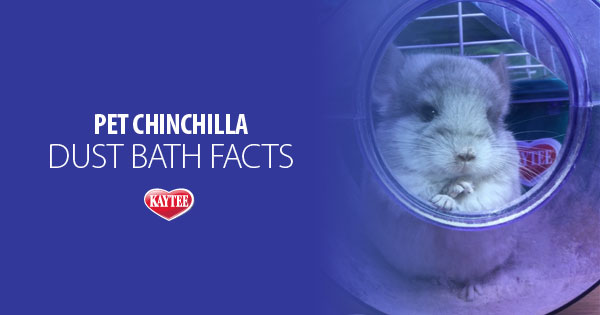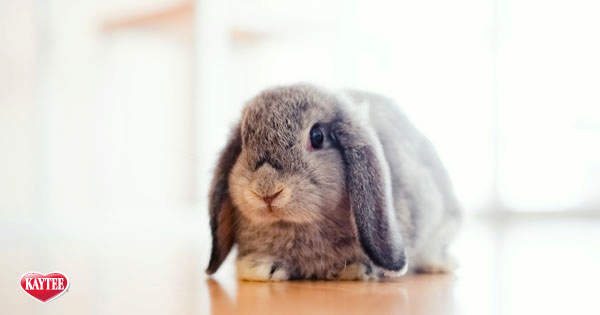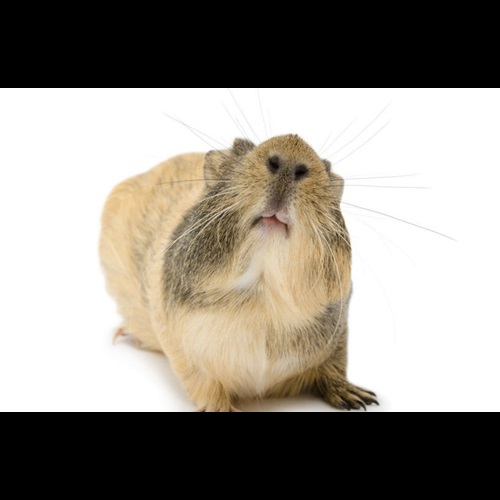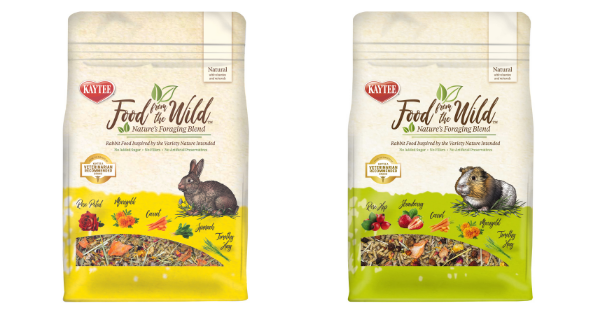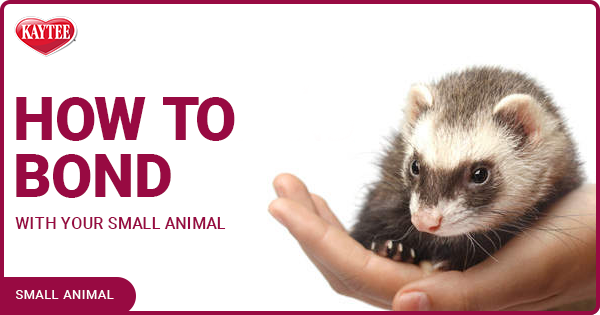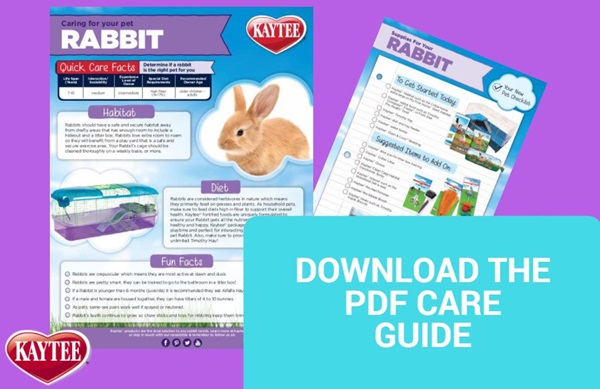How do I convert my small animal from a pelleted or seed based diet to a processed food like exact Rainbow?
* Rabbits
Rabbits are very sensitive to dietary changes, with gastrointestinal upsets and decreased acceptance likely. Following the above stated guidelines is very important. Rabbits will notice the slightest difference in flavor and may potentially stop eating. If this occurs, offer hay, grass, or the old diet to encourage the rabbit to start eating while maintaining a separate bowl of the new food in the cage. If they do not start eating in 24 hours, contact a veterinarian for assistance. When eating habits return to normal, begin conversion process again from Day 1 to 3.
Converting from one food to another is rarely a problem. Patience, diligence and careful observation eliminate difficulties. If you have any questions or need further assistance, please visit the Contact Us web page.
New Food Conversion Recommendations for Small Animals
When introducing your pet small animal (rabbits*, guinea pigs, hamsters, gerbils, etc.), to a new food, avoid sudden changes of diet to prevent digestive upsets. Offer your pet a mixture of the "old" and "new" foods, gradually increasing the mix over a 7 to 10 day period until the pet is entirely accustomed to the new diet. When switching to a food that is similar to the pet's present food type (from a pellet diet or seed and pellet mix, to Kaytee FORTI-DIET, FIESTA, or exact), practice the following protocol:
- Day 1 to 3 -- 75% old food and 25% new food
- Day 4 to 6 -- 50% old food and 50% new food
- Day 7 to 10 -- 25% old food and 75% new food
After Day 10, feed the pet the new product to the exclusion of the original food, following labeled directions. Continue to monitor the pet's food intake for several days to ensure adequate consumption of the new food. Important: Change the food daily at approximately the same time each day to monitor the food intake and to determine if all the food is being eaten. Do not introduce other new foods or treats until you are assured the new daily diet is being eaten for at least one week.
This method prevents digestive upset and gives the pet an opportunity to become familiar with the new food. Again, whenever introducing a new food it is very important to monitor the food intake and observe if the pet is actually eating the food. In some cases it may appear that the pet is eating the food when they are actually pushing the food around looking for their old diet. It is therefore advised to note the pet's weight prior to and during conversion. Weight loss indicates poor consumption. Other signs of poor consumption and conversion include: listlessness, hyperactivity, loose or no droppings. If these signs continue for more than one day, remove the new food and offer the old food again for at least one week to make sure the pet is stable. If they do not start eating in 24 hours, contact a veterinarian for assistance.
If the pet is not eating the new food, the droppings may change from formed to a looser consistency. Digestive upset or increased water consumption may cause this. Observe the pet. If it is drinking excessive water, delay conversion until food intake is normal.
